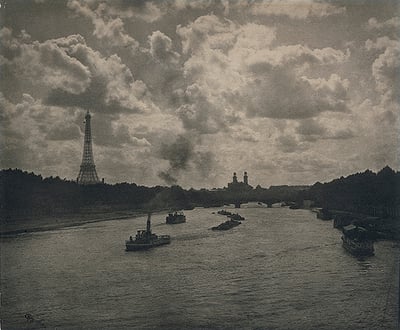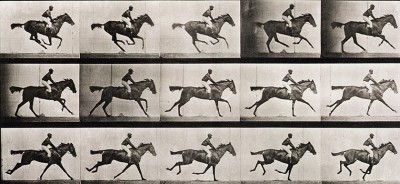
A brief history of early photography
Photography is coming of age as an aesthetic discipline. Now in its second year, Photo London filled Somerset House with photographs from every era. Let us take you on a journey through pivotal photographic landmarks from the last two centuries.
1816: Nicéphore Niépce, a French inventor, who created the first internal combustion engine, combines the Camera Obscura with photosensitive paper to create the world’s first fixed image created with a Camera Obscura. As a result of the 8-hour exposure, sunlight illuminates the buildings on both sides.
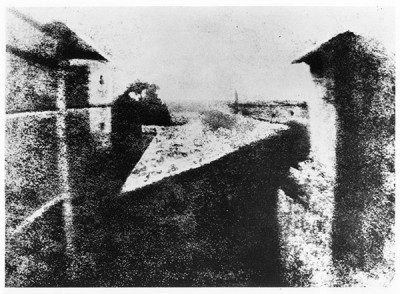
View from a window at Le Gras, Saint-Loup-de-Varennes, 1827, Joseph Nicephore Niepce (1765-1833) Gernsheim Collection, University of Texas, Austin, USA / Archives Charmet / Bridgeman Images
1834: Henry Fox Talbot creates permanent (negative) images using paper soaked in silver chloride and fixed with a salt solution. Talbot created positive images by contact printing onto another sheet of paper.
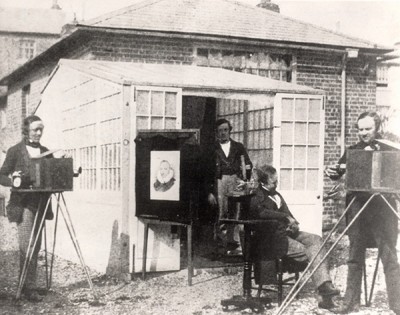
Fox Talbot (right) at the Reading photographic establishment, c.1845 (calotype) Universal History Archive / UIG / Bridgeman Images
1837: Louis Daguerre invents the daguerreotype – the first image that was fixed and needed less than 30 minutes of light exposure. The images were created on silver-plated copper, coated with silver iodide and “developed” with warmed mercury.
1838: Boulevard du Temple is believed to be the earliest photograph showing a living person. Only the two men near the bottom left corner, one apparently having his boots polished by the other, stayed in one place long enough to be visible as exposure time was over ten minutes.
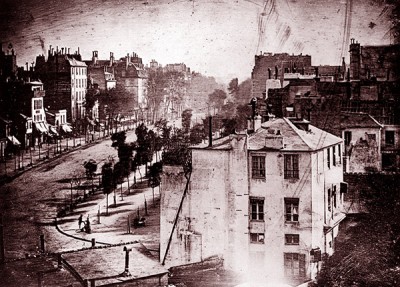
Boulevard du Temple, Paris, 3rd arrondissement, 1838 (daguerreotype ), Louis Daguerre (1787-1851)
Universal History Archive/UIG / Bridgeman Images
1858: Parisian-born Nadar (Felix Toumachon) became the first person to take aerial photographs, using a huge balloon that he built called Le Géant (The Giant). In 1874 Nadar lent his portrait studio in Paris to the Impressionists, making the first Impressionist show possible.
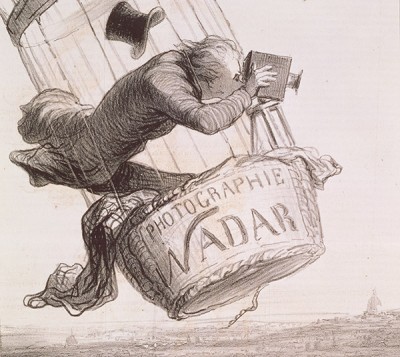
Nadar elevating Photography to the height of Art, published 1862 Honore Daumier (1808-79) / Bridgeman Images
1877: Eadweard Muybridge, born in England as Edward Muggridge, settles the “do a horse’s four hooves ever leave the ground at once?” bet among rich San Franciscans, by time-sequenced photography of Leland Stanford’s horse.
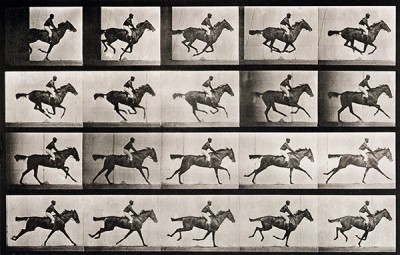
Jockey on a galloping horse, plate 627 from ‘Animal Locomotion’, 1887 (b/w photo) Eadweard Muybridge (1830-1904) Bridgeman Images
1902: Alfred Stieglitz organizes the “Photo Secessionist” show in New York City. Photo-Secession promoted photography as a fine art and helped raised awareness of art photography.
1909: Lewis Hine, an American sociologist and photographer, hired by the USA National Child Labour Committee to photograph children working in mills. During the Great Depression Hine worked for the Red Cross, photographing for the Tennessee Valley Authority (the TVA).
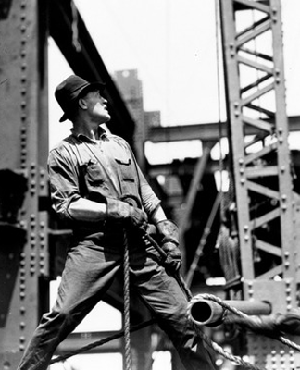
Derrick man, Empire State Building, 1930-31 Lewis Wickes Hine (1874-1940)
Photo © Christie’s Images / Bridgeman Images
1921: Man Ray begins making photograms (“rayographs”) by placing objects on photographic paper and exposing the shadow cast by a distant light bulb, thus creating an image without a camera.
1925: Andre Kertesz moves from his native Hungary to Paris, where he begins an 11-year project photographing street life. Kertesz is considered one of the seminal figures of photojournalism, due to his contributions to photographic compositions.
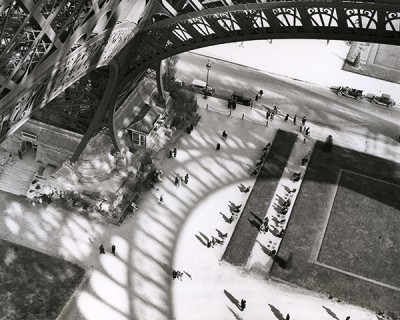
Eiffel Tower, Paris, 1929 (silver gelatin print) Andre Kertesz (1894-1985) The Israel Museum, Jerusalem, Israel / Bridgeman Images
1947: Henri Cartier-Bresson, Robert Capa, and David Seymour start the photographer-owned Magnum picture agency. Magnum is one of the first photographic cooperatives owned and administered entirely by its members.
Photography for licensing
This is just a taste of works from the history of the photographic medium, there are many more available on Bridgeman Images. Please contact the Bridgeman team if you would like picture research for an upcoming project or for fine art prints.
Further Reading
The best photography exhibitions of 2016
Save
Save
Save
Save

